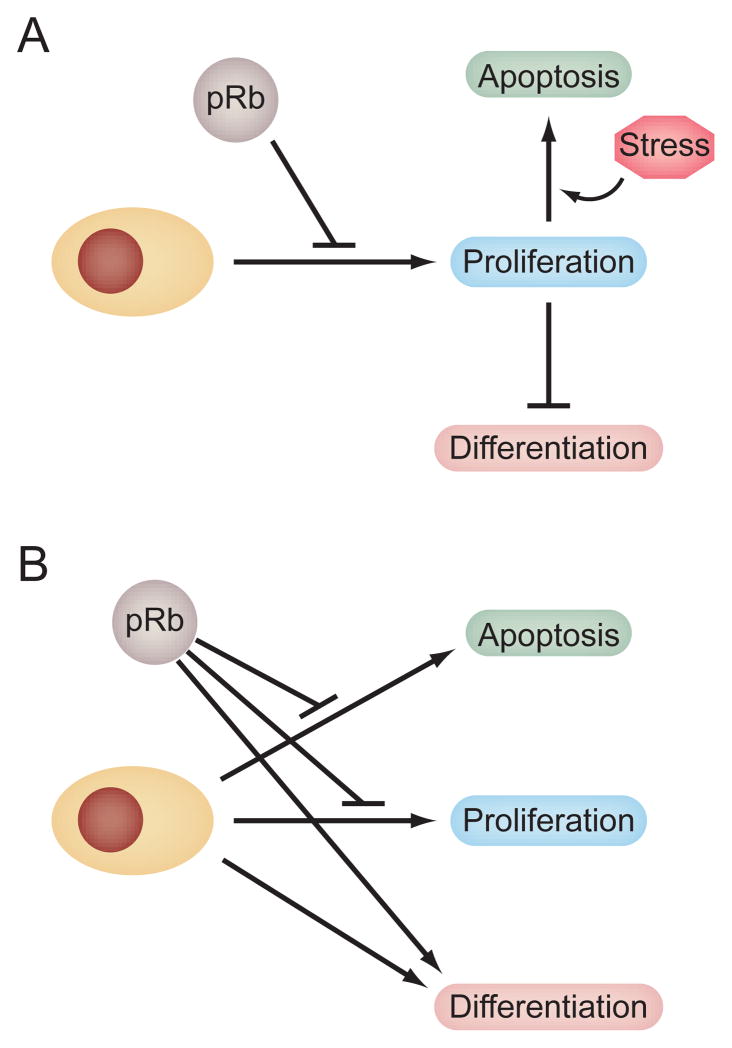Figure 1. Models for explaining the effects of pRb on cellular differentiation and survival.
During development, pRb is a wide spread regulator of the cell cycle. However, loss of pRb elicits tissue specific defects in cellular differentiation and survival as well as in cellular proliferation. The effects of pRb loss on differentiation and survival may be an indirect consequence of the inability to exit the cell cycle (A). This model is based on the frequent observation that cellular differentiation and apoptotis is coupled to the cell cycle. The model predicts that the molecular mechanisms underlying Rb1 associated differentiation and survival defects will be similar to those involved in pRb-mediated cell cycle control, primarily negative regulation of E2F transcription factors. Rb1-dependent differentiation and survival may also be mediated by direct mechanisms (B). In this model, pRb is proposed to utilize additional, cell cycle independent mechanisms to directly influence cell differentiation and survival. These mechanisms may or may not involve E2F transcription factors. This model predicts that the effects of pRb on proliferation, differentiation, and apoptosis should be genetically separable, at least in some cases. The models are not mutually exclusive. It is conceivable that both models are operable, and the relative contribution of each to the phenotypes associated with pRb loss may be dependent on biological context.

